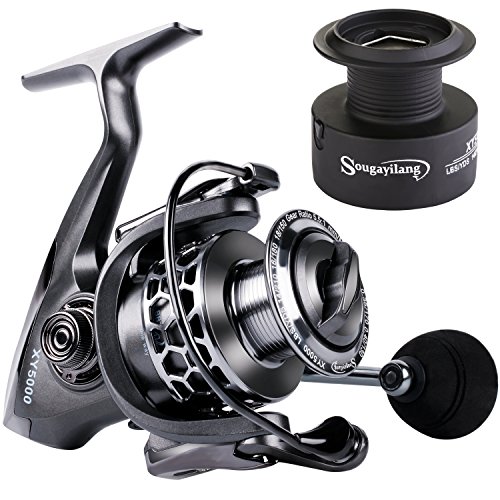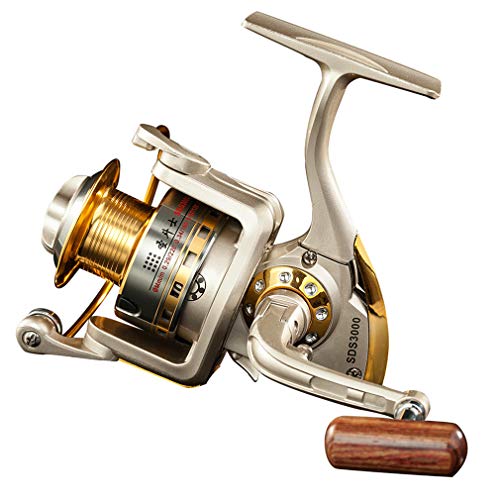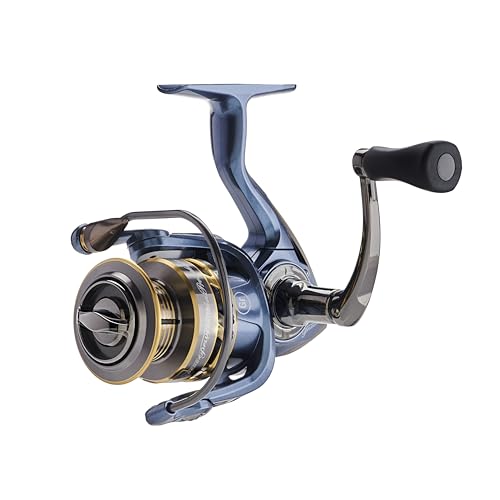Fishing Around Oil Rigs in the Gulf of Mexico: A Guide to the Species You Can Catch
The Gulf of Mexico, particularly around its thousands of oil rigs, is a fishing paradise that draws anglers from across the globe. These offshore platforms, scattered from Texas to Florida, act as artificial reefs, creating vibrant ecosystems teeming with diverse fish species. The structures provide shelter, breeding grounds, and food sources, attracting both pelagic and reef-dwelling fish. Whether you're a seasoned angler or a curious beginner, the waters around Gulf oil rigs offer a thrilling fishing experience with a wide variety of species to target. Below, we explore the most common and sought-after fish you can catch in these productive waters.
Reef Fish: The Foundation of Rig Fishing
Oil rigs are magnets for reef fish, which thrive in the complex structures of the platforms. Among the most iconic is the red snapper (Lutjanus campechanus), a prized catch for its firm, flavorful flesh. Red snapper are abundant around rigs, especially in depths of 50 to 300 feet, where they congregate near the structure’s base. These fish, with their vibrant red hue, can grow to over 30 pounds, though 5- to 15-pounders are more common. Anglers often use live bait like cigar minnows or cut squid to entice them, but strict regulations, including seasonal closures and size limits, govern their harvest due to past overfishing.
Another reef staple is the mangrove snapper (Lutjanus griseus), also known as gray snapper. Smaller than red snapper, these fish typically weigh 1 to 5 pounds and are found closer to the rig’s pilings. Mangrove snapper are cunning, requiring light tackle and finesse to catch. Their white, flaky meat makes them a favorite for the dinner table. Similarly, vermilion snapper (Rhomboplites aurorubens), or “beeliners,” inhabit deeper waters around rigs, often at 100 to 400 feet. These bright red fish, averaging 1 to 3 pounds, are caught in large numbers using multi-hook rigs baited with squid or small fish.
Groupers, particularly gag grouper (Mycteroperca microlepis) and red grouper (Epinephelus morio), are also prevalent. Gag grouper prefer the mid-to-lower sections of rigs, where they ambush prey in 60 to 250 feet of water. These fish can exceed 40 pounds, making them a thrilling challenge on heavy tackle. Red grouper, slightly smaller, are bottom-dwellers found in similar depths. Both species are prized for their mild, sweet flavor but are subject to strict quotas to protect their populations.
Pelagic Predators: The Big-Game Thrill
Oil rigs also attract open-water predators that patrol the surrounding waters, drawn by schools of baitfish. King mackerel (Scomberomorus cavalla), or “kingfish,” are among the most exciting. These sleek, fast-swimming fish, often 10 to 40 pounds, strike trolled lures or live bait with explosive force. King mackerel are most common in the warmer months, cruising the upper water column near rigs. Their sharp teeth require wire leaders, and their speed demands sturdy reels.
For anglers seeking a true trophy, wahoo (Acanthocybium solandri) and tuna species like yellowfin (Thunnus albacares) and blackfin (Thunnus atlanticus) are prime targets. Wahoo, known for their blazing runs, can weigh 20 to 80 pounds and are often caught trolling high-speed lures at dawn or dusk. Yellowfin tuna, which can exceed 100 pounds, are deep-water bruisers that test an angler’s endurance. Blackfin tuna, smaller at 10 to 30 pounds, are more common and often caught near rigs during chumming sessions. Both tuna species are prized for their rich, sushi-grade meat.
Other Notable Species
The diversity around oil rigs doesn’t end with snappers and pelagics. Cobia (Rachycentron canadum), or “ling,” are curious fish that often linger near the surface around rigs. Weighing 20 to 60 pounds, cobia are powerful fighters and excellent table fare. They’re often spotted cruising in small groups, making sight-casting with live bait or jigs highly effective. Amberjack (Seriola dumerili), known as “reef donkeys,” are another hard-fighting species. Found in 100 to 300 feet of water, these fish can weigh 30 to 100 pounds and are targeted with heavy jigs or live bait. Their tenacity makes them a favorite among anglers looking for a battle.
Smaller but no less exciting are Spanish mackerel (Scomberomorus maculatus) and triggerfish (Balistes capriscus). Spanish mackerel, typically 2 to 6 pounds, are caught trolling or casting shiny spoons near the surface. Triggerfish, with their tough mouths and unique shape, inhabit the rig’s structure and require precise bait presentation. Both add variety to a day’s catch.
Tips for Rig Fishing
Fishing around oil rigs requires preparation. Charter boats are the most common way to access these offshore sites, as rigs can be 20 to 100 miles from shore. Anglers should bring a range of tackle, from light spinning gear for snapper to heavy conventional setups for tuna and amberjack. Live bait, such as pinfish or menhaden, is highly effective, though jigs and artificial lures also work well. Be mindful of federal and state regulations, as many species have specific seasons, size limits, and bag limits to ensure sustainability.
Conclusion
Fishing around Gulf of Mexico oil rigs is an adventure like no other, offering a chance to catch a remarkable variety of fish, from flavorful reef dwellers like red snapper to high-speed pelagics like wahoo. The rigs’ artificial reefs create a unique ecosystem that supports both sport and sustenance fishing. With the right gear, knowledge, and respect for regulations, anglers can experience some of the most productive and exciting fishing in the world. Whether you’re battling a massive amberjack or savoring a fresh snapper dinner, the Gulf’s oil rigs deliver unforgettable moments on the water.




